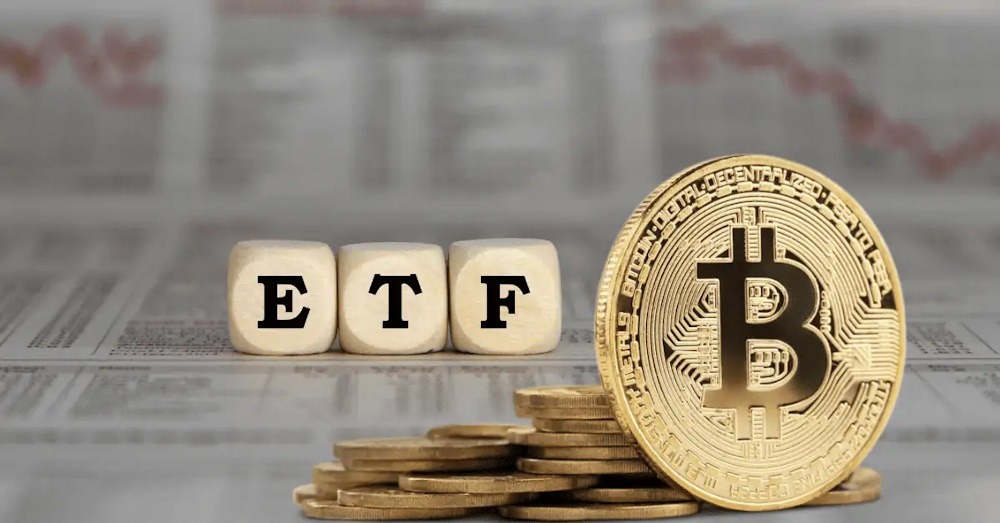Recent trends in the Bitcoin ETFs market indicate a substantial change in investor sentiment, characterized by an influx of capital into BTC exchange-traded funds, whereas gold-backed funds are witnessing considerable outflows. A Bloomberg report indicates that US Bitcoin ETFs have seen inflows exceeding $9 billion over the last five weeks, largely propelled by BlackRock Inc.’s iShares Bitcoin Trust ETF. Conversely, gold-backed funds have experienced outflows surpassing $2.8 billion within the same period.
This divergence in investor behavior arises as the alleviation of trade tensions has reduced the demand for conventional safe havens such as gold. Meanwhile, Bitcoin is gaining recognition as a credible alternative store of value in light of rising apprehensions regarding the stability of US fiscal policies. Furthermore, the market’s leading cryptocurrency reached a record high of 111,980, buoyed by favorable regulatory developments and rising macroeconomic uncertainty.
Despite gold’s increase of over 25% this year, it has experienced a pullback from its recent highs, currently positioned around $190 beneath its historical peak. Analysts indicate that this shift towards Bitcoin ETFs reflects an increasing recognition of the cryptocurrency as a valid hedge in investment portfolios. Christopher Wood, global equity strategist at Jefferies, conveyed a positive outlook for both gold and Bitcoin, highlighting their roles as effective hedges against currency debasement in the G7 nations.
Nevertheless, critics contend that Bitcoin’s well-known volatility continues to compromise its status as a genuine safe haven. Historical instances of macroeconomic shocks have demonstrated that Bitcoin tends to decline significantly in tandem with other risk assets. However, certain analysts contend that Bitcoin’s decentralized characteristics provide it with a competitive edge over gold during periods of financial system vulnerabilities.
Geoff Kendrick, global head of digital assets research at Standard Chartered, emphasized Bitcoin’s dual function as a safeguard against private sector vulnerabilities, exemplified by the 2023 collapse of Silicon Valley Bank, as well as government-related apprehensions, notably the stability of the US Treasury. Kendrick highlighted that recent challenges to the Federal Reserve’s independence, coupled with tariff escalations and wider apprehensions regarding the credibility of US policy, enhance Bitcoin’s attractiveness.
Alongside these considerations, Bitcoin seems to be discarding its former image as solely a technology-related risk asset. Dilin Wu, a research strategist at Pepperstone, observed that Bitcoin’s intraday correlation with major indices such as the Nasdaq, along with the dollar and gold, has markedly diminished. The context of increasing fiscal pressure has heightened the discussion regarding these assets.
Moody’s has recently downgraded the United States from its previous triple-A credit rating, attributing this decision to apprehensions regarding escalating deficits and the national debt. This downgrade brings the US in line with other ratings agencies, such as Fitch and S&P Global, which have already assigned the country a rating below the highest tier. In light of the recent surge in Bitcoin’s popularity, it is noteworthy that gold continues to outperform on a year-to-date basis, exhibiting gains of about 25% in contrast to Bitcoin’s rise of approximately 15%.

